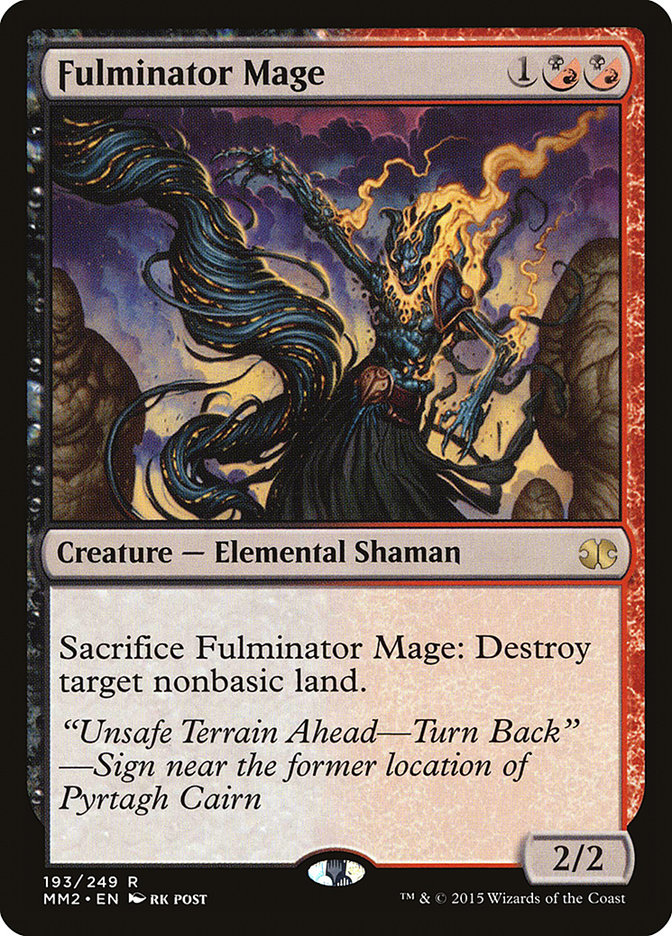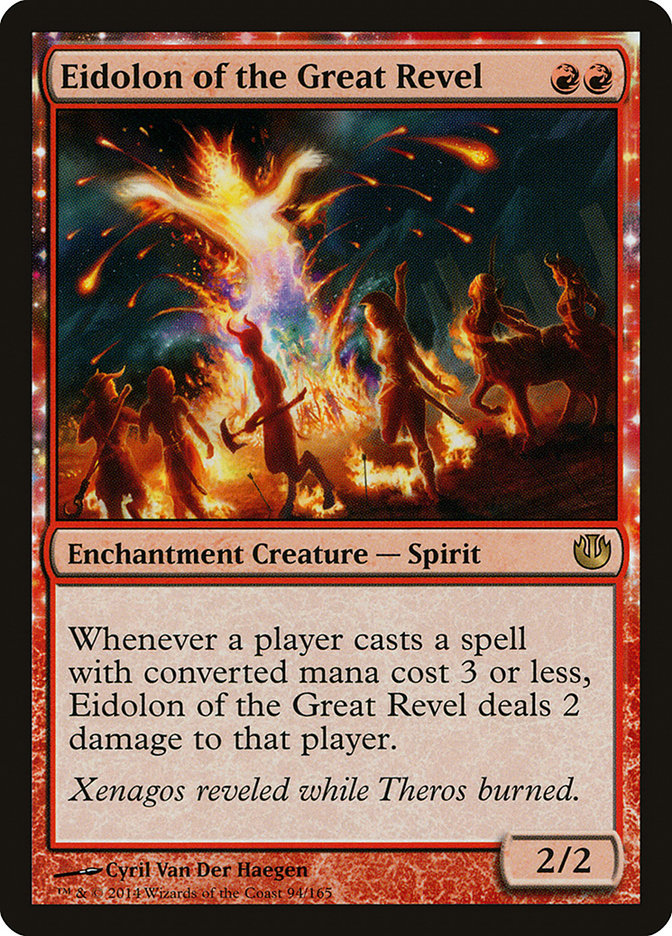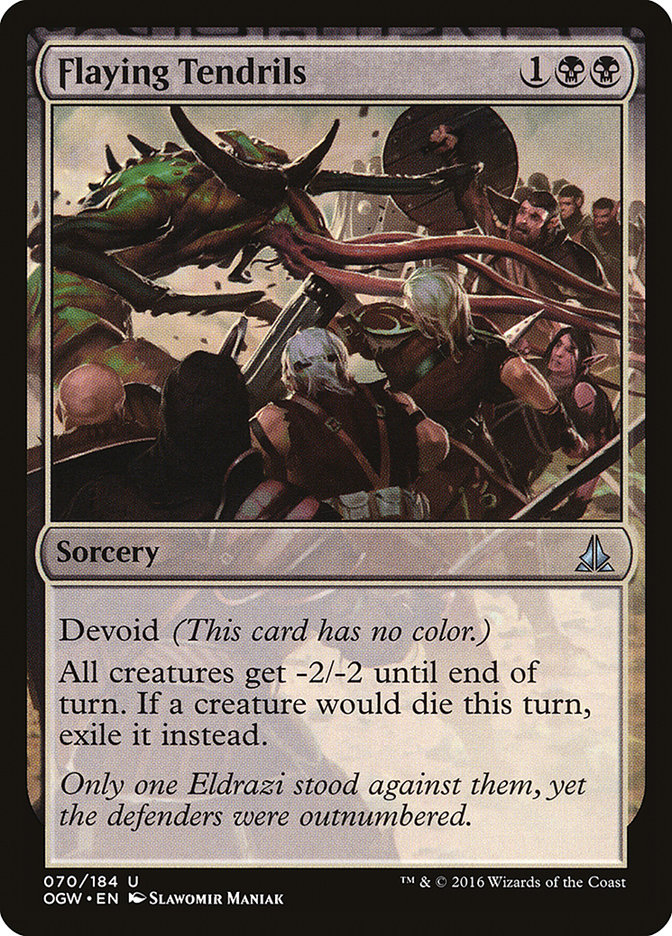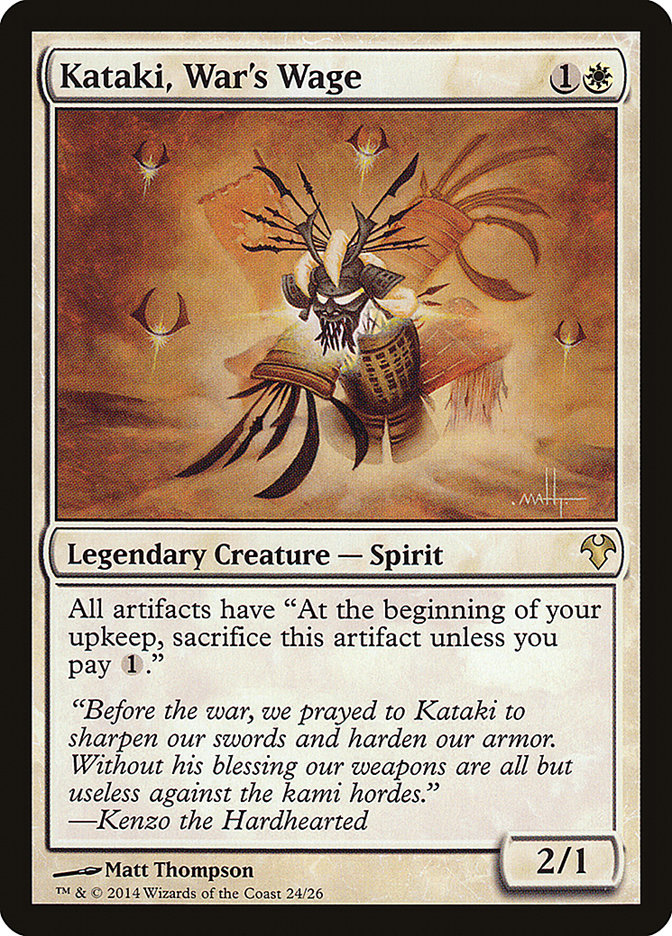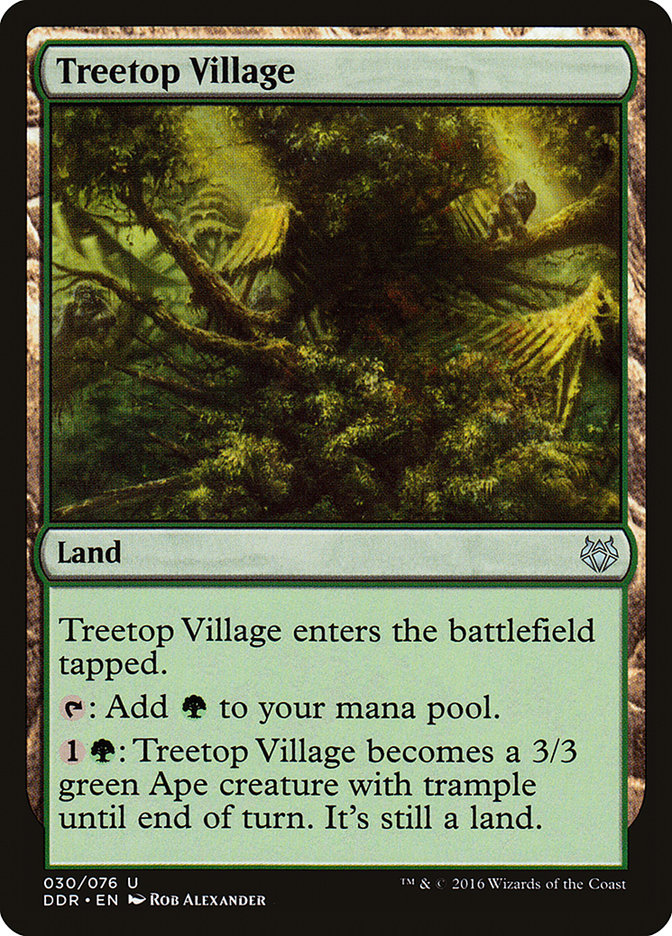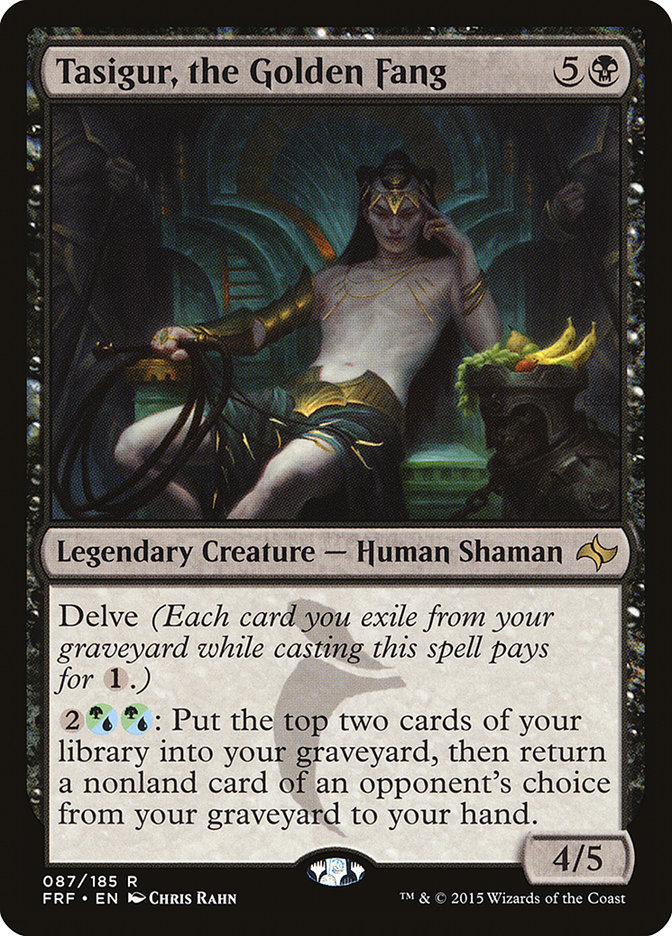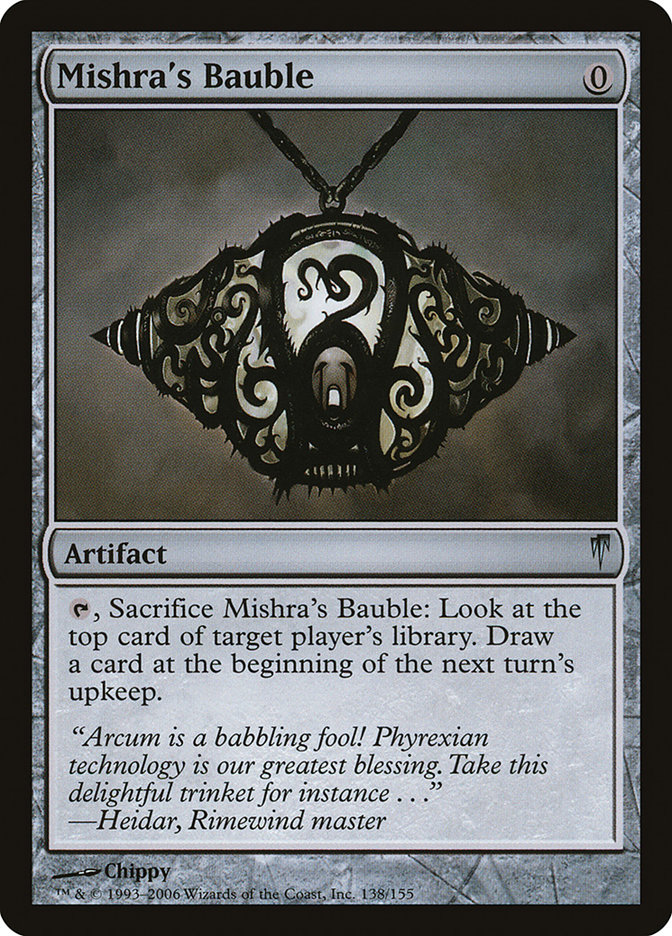#SCGBALT came at an awkward time for me, sandwiched into the week between #SCGKY and the RPTQ for Pro Tour Hour of Devastation. Three events in a row is hard enough, worse yet when none of them are even the same format. Something had to give, and this time the choice was clear. I wasn’t about to let my team down, and the stakes at the RPTQ were too high to ignore. So Modern drew the short straw and got the least of my attention in the time leading up to #SCGBALT.
With no time to master a new deck, I knew I had to play to my strengths. The problem was that all of my go-to Modern decks had fallen to the wayside in this post-Death’s Shadow era. I really wanted to just play Jund, but everybody (besides Reid Duke, apparently) knew that traditional Jund was dead and buried. Instead, I went looking for the next-best thing, any deck that I felt my B/G skills would translate well to. When I found Willy Edel’s new take on Abzan, it was love at first sight. Here’s the list I played to 23rd place last weekend.
Creatures (11)
Planeswalkers (4)
Lands (20)
Spells (25)

Think of this deck as a fusion of Death’s Shadow and traditional B/G lists. It borrows the Mishra’s Bauble / Traverse the Ulvenwald delirium engine from the Death’s Shadows strategies and maintains the low-to-the-ground feel of those decks while eschewing their namesake card. In return, it gets to play more removal, have better mana, and go slightly bigger, a solid step in the direction of old-school Jund or Abzan.
Why Not Death’s Shadow?
Being a fusion of two other decks isn’t necessarily a good thing. In fact, generally in Magic being a fusion is a bad thing. Magic rewards decks that are the best at doing what they do. Indeed, it’s one of the timeless Magic adages that you never want to build a deck that is a bad version of something else. Almost by definition, a deck that is a hybrid of Deck X and Deck Y is a bad X and a bad Y. So if we want to play a fusion, we need to have a good understanding of why doing so is justifiable.
Abzan Traverse is a Death’s Shadow deck that goes a little bigger. Historically in Magic, going a little bigger is a tried-and-true strategy for gaining an edge in the pseudo-mirror. With the popularity of Death’s Shadow being what it is, playing a deck that has many of the same strengths as Death’s Shadow against the field while being favored in the mirror is certainly an enticing prospect. The sheer volume of quality one-mana removal available in Abzan colors ensures that Death’s Shadow won’t often be able to steal games in the matchup quickly, and when the game goes late, cards like Lingering Souls really start to shine and the Abzan Traverse deck pulls quietly ahead.
Having an edge against Death’s Shadow is the real strategic reason to play Abzan Traverse over Death’s Shadow, but there’s something to be said for the reduced mental strain the deck puts on you. Death’s Shadow is one of the least forgiving decks I’ve ever seen. Fifteen rounds of trying to strike the perfect balance of offense and defense with your life total can be brutally draining. Out-of-game logic like this isn’t a great reason to make a deck decision in and of itself, but it can be a perfectly valid tiebreaker if the decision seems close.
Why Not Traditional B/G?
And now for the other side of the coin. Before this weekend, I would have told you the main reason to play Abzan Traverse over a traditional B/G strategy was that old school B/G decks just didn’t have what it took to compete any more. And then this happened:
Creatures (13)
Planeswalkers (5)
Lands (24)
Spells (18)

Well, there goes that excuse. Guess we need actual reasons to sleeve up Mishra’s Bauble instead of Dark Confidant now. Thanks, Reid.
For me, the main reason to stick with Abzan Traverse rather than move back to Jund is how much better the historically bad B/G matchups are. At #SCGBALT I played against Scapeshift, Dredge, and Tron twice and escaped with a 3-1 record in those four matches. With traditional Jund, I would have been ecstatic to be 2-2 after that run of bad matchups. Indeed, the last time I worked with classic Jund, I was advocating Blood Moon in the sideboard in large part to have some sort of plan against the land-centric strategies I was struggling against.
Abzan Traverse is better in these matchups for two main reasons. First up, Abzan Traverse is faster. It’s the Death’s Shadow heritage shining through: Abzan Traverse is much lower to the ground than traditional B/G, allowing it to close out games at a considerably quicker clip. Ending the game as soon as possible is exactly what you want to do against a deck like Tron that will just dominate you in the late-game no matter how hard you try to disrupt them. All attacking their hand does is delay the inevitable, and you need to make sure the game ends before they recover from your delaying tactics.
The other reason Abzan Traverse shines against these non-interactive decks is that Traverse the Ulvenwald allows the deck to pack some serious hate in the form of tutor targets. Having a tutor package is an entirely new aspect for the B/G universe, and one that really helps in matchups like these. Previously, B/G strategies had to pick and choose what bad matchups they wanted to stand a chance in. To beat Tron ever, for instance, you basically needed all four Fulminator Mages in your sideboard. Using four sideboard slots like that is quite the commitment, and you couldn’t possibly do that for every bad matchup. But with Traverse the Ulvenwald, you get the same level of impact with only one sideboard slot. What a bargain.
All that being said, I’m not trying to tell you that playing Abzan Traverse over Jund magically turns all these horrid matchups into byes. You are still a dog in all of them, but it’s much closer than it used to be. Instead of having a batch of awful 25-75 matchups, Abzan Traverse has a batch of 40-60 matchups. That may not sound like a lot, but it’s enough to allow you to still be in contention in a tournament even if you hit a bunch of bad matchups, and that’s plenty.
Don’t Make My Mistakes
Normally at this point in an article about a newish deck, I would spend some time telling you all about how the deck plays out and what the typical gameplan looks like in common matchups. I could do that for this deck, but the games play out similarly enough to classic B/G strategies that I don’t think we’d get all that much out of it.
I will, however, say briefly that it’s important to realize that this deck doesn’t grind them down to nothing nearly as frequently as Jund does. It still plays a game of attrition and loves low-resource games, but it doesn’t quite reduce the battlefield to zero resources. It closes games out more swiftly than B/G, and does so before the opponent runs completely out of gas. If you try to play this deck with the Jund mindset of killing all their things and then killing them, it won’t go as well for you as it could.
Anyway, my plan is to go through all the mistakes I caught myself making with the deck so you don’t have to make those same mistakes if you want to take Abzan Traverse for a spin.
The first mistake I want to talk about was my sideboard. My biggest source of grief all tournament was just how poorly set up my sideboard was. Normally when sideboarding, I tend to have more cards that I want to put into my deck than need to get out of my deck, and everything works out nicely. Last weekend, the opposite was true. Every round I stared at my sideboard, hoping if stared hard enough more applicable cards would magically appear. Somehow, in every single matchup I played I had more cards that needed to get out of my deck than I had good options to replace them. This felt miserable and led to all-star plays like sideboarding in Surgical Extraction in the mirror because I decided it was marginally better than Thoughtseize. Spoiler: neither is very good.
This problem stemmed from trying to push the Traverse the Ulvenwald package too far. My sideboard had five very narrow one-of creatures, and the cards they replaced from classic B/G sideboards were the stodgy, all-purpose, non-exciting cards like Kitchen Finks, not the haymaker-type specialized spells like Surgical Extraction. Collective Brutality was the closest thing I had to a catch-all in my sideboard, and in a lot of matchups Collective Brutality is not very good. I forgot that B/G decks gain a lot more from boarding cards out in many matchups than they do from boarding them in, and I was justly punished.
The solution to this is simple: make sure your sideboard cards play in more matchups. Consider Nihil Spellbomb over Surgical Extraction to give your graveyard hate solid game in mirrors. Find room for a Maelstrom Pulse, a card that is never exciting but it is often serviceable. Think about tutor targets like Kitchen Finks and Obstinate Baloth that can pull off looking not embarrassing in many different matchups. In short, specialize less, and only for cards that are true nines or tens in the matchups where you want them. Modern is too diverse to be playing narrow sevens, and far too diverse to have more than two or three one-matchup cards in your sideboard.
On the topic of pushing the Traverse the Ulvenwald package too far, I now firmly believe that playing Bojuka Bog in the main was a mistake. The theory was that it was a low-cost way to have a maindeck tutorable graveyard answer, and it was in fact great as a tutor target. Unfortunately, sometimes you just draw it naturally. Before the tournament, I thought that sometimes having a tapped Swamp in hand wouldn’t be that bad. After playing a few rounds, I realized that being a tapped Swamp was the least of Bojuka Bog’s problems. No, that card is a tapped Swamp that shrinks your Tarmogoyfs.
The Treetop Village was much less offensive, but I still think it was a mistake. I animated it three times across fifteen rounds, and none of those activations mattered very much. Creature-lands are much less important to Abzan Traverse than to Jund, and most of the reason is that we aren’t trying to win from a fully reduced battlefield state. When both players have zero resources, creature-lands are dominant. This deck doesn’t reach that position nearly as often, and creature-lands matter far less.
Instead of these two lands, I’m interested in just having a better manabase. The deck does such a good job of keeping the hits coming with Grim Flayer and Traverse the Ulvenwald that I don’t believe it needs to extract every last bit of value from its manabase. Instead, I’d rather just play more colored sources and cast my spells more often. More copies of Blooming Marsh and a ninth fetchland? That’s the direction I want to go.
Before getting into the mistake, let me just say that putting Tasigur, the Golden Fang into my deck was the single best deckbuilding decision I made. Being able to Traverse for a one-mana Tarmogoyf is surprisingly relevant, and this deck has the best Tasigur activations of any deck I’ve ever played. Just keep in mind that, most of the time, you want to activate Tasigur in your main phase. Leaving mana up and activating him in their end step is a mistake I made several times, and I was punished each time by being handed a Mishra’s Bauble. You really want to be able to cash in a prospective Bauble as soon as possible, and that means activating Tasigur in your main phase.
If, like me, you have a lot of experience with classic Jund or Abzan, you might be taken by surprise by just how powerful graveyard hate is against Abzan Traverse. I lost my first round at #SCGBALT after sideboarding out Abrupt Decay against U/W Control and getting promptly hit with a Rest in Peace while staring down at three copies of Traverse the Ulvenwald and two Tarmogoyfs. With all my outs sitting in my sideboard, I could have conceded on the spot.
Just keep in mind how vulnerable you are to graveyard hate and things should be fine. You can play around it by making sure you use your discard on turn one before they can cast Rest in Peace, leaving in Abrupt Decay, or even sideboarding out a little of your graveyard dependencies. If you’re not taken by surprise, it’s very possible to beat Rest in Peace or other graveyard hate; you just have to be ready to do so.
Final Thoughts
I think this deck is great and fully intend to play it again at #SCGCHAR in two weeks. If playing a leaner, meaner, lower-to-the-ground version of B/G sounds appealing to you, I encourage you to do the same. Before I leave, here’s the list I would play if my next Modern tournament were tomorrow.
Creatures (11)
Planeswalkers (4)
Lands (19)
Spells (26)





